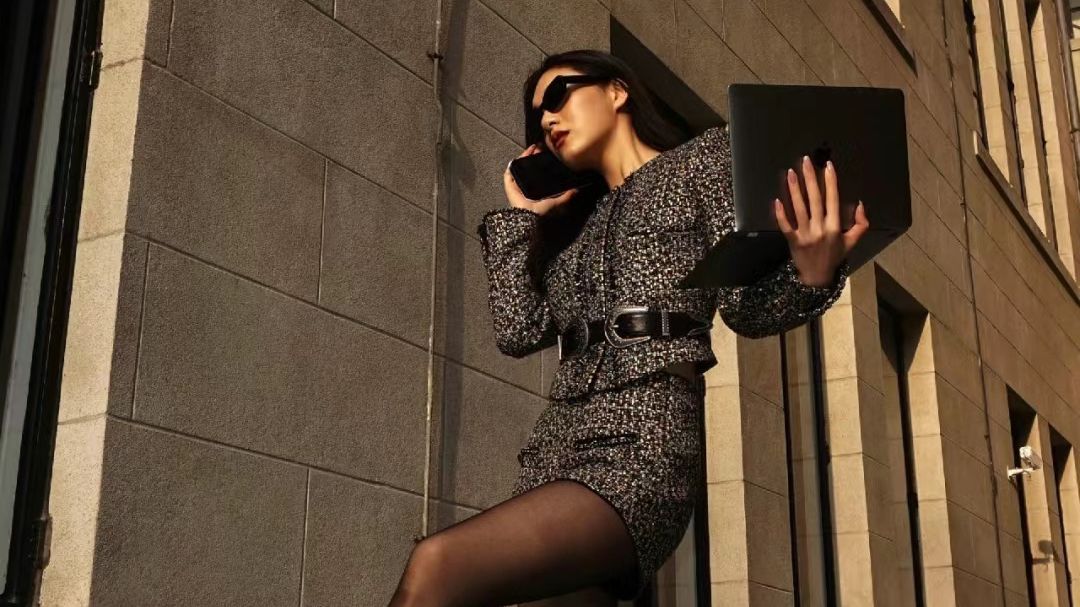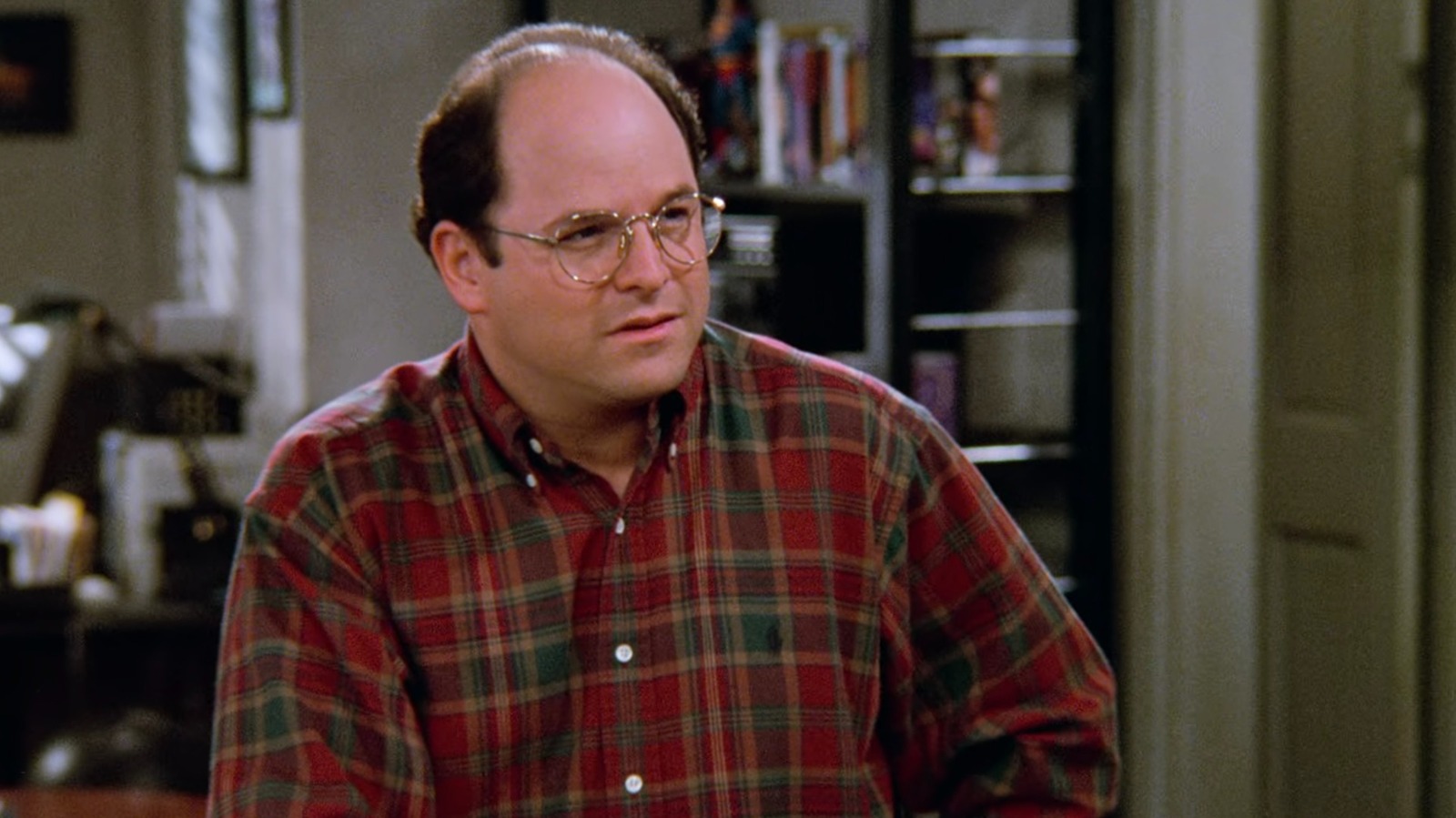Fashion
Gross vs. glam: China’s office wear trends reflect work attitudes

Y2K fashion is back with a vengeance — this time, office edition.
Inspired by 1990s and 2000s workwear, the “office siren” trend comprises tight pencil skirts, fitted blazers, tailored trousers, and suggestively unbuttoned blouses, complemented by chic glasses and hair pulled back into a sleek bun.
Popularized on TikTok in late 2023, this aesthetic has made its way to Chinese lifestyle platform Xiaohongshu, where the hashtag “office siren” (#职场海妖风) has amassed over 27 million views. But rather than wear these sexy outfits on the clock, many fashionistas are saving them for the streets.
“The Office Siren style pursues a harmonious balance between intelligence and beauty, allowing a perfect coexistence of sophistication and intellectuality. It incorporates a sense of fashion into daily wear, making it one of the currently popular trends,” describes Xiaohongshu user Fashion Editorial Department (@fashion 编辑部).
With many young Chinese just starting to experience office life, the aesthetic is a romanticization of corporate culture.
“When I was a kid watching movies, my dream outfit for commuting to work was to put on exquisite makeup and wear high heels every day while shuttling between meetings,” writes Xiaohongshu user Cocoa Nutnut (@可可娜 nutnut).
“After working for a long time, I have a sense of calmness and relaxation. I hope to occasionally have the energy and enthusiasm as when I first entered the workplace and got up early to dress myself carefully,” she adds.
In reality, many people — particularly those well-accustomed to office life — couldn’t be bothered to dress up. Over the past month, global headlines have been buzzing over the “gross outfits” Chinese employees are wearing to work.
When Douyin user @Kendou S posted a video of herself in February 2024 wearing furry slippers, plaid pyjama bottoms, and a sweater dress to work, it went viral with over 1.4 million shares. Since then, the hashtag “gross work outfits” (#上班恶心穿搭) has garnered over 44 million views on Xiaohongshu, with netizens rolling up to the office in sleepwear, hoodies, and socks with sandals — much to their bosses’ chagrin.

Besides being cozy, these unconventional outfit choices reflect a weariness among Chinese youth when it comes to work.
“This way of dressing — or rather non-dressing — to go to the office is really driven by the post-00s’ new and changing attitude towards work,” says Dao Ngyuen, founder of Essenzia ByDao, a boutique marketing creative strategy agency. “Beyond comfort, it has to do with pushing back society’s expectations and going their own way. Not only do they push back 996, they’re not afraid to be vocal about it.”
It’s just as Xiaohongshu user Xiaozhang’s Commentary (@小张评大学生版) describes, “Behind this self-deprecation undoubtedly lies the work dilemma faced by most young people today: too much work, little pay, long hours. Faced with these challenges, rather than putting effort into dressing up, we prefer to get an extra half an hour of sleep in the morning.”
“I can only wear the ugliest clothes to match my pitiful salary,” another Xiaohongshu user adds.
Some employees have gone as far as sharing pictures of their appearance before and after they started their position, highlighting the physical toll it has taken on them. Numerous netizens portray themselves as having gained weight or appearing older due to stress and overtime.
Naturally, these are two extremes of office fashion. Everyday work attire is what you’d expect: comfortable and largely streetwear, observes Elsbeth van Paridon, an editorial consultant at Beijing Review and founder of fashion site, The China Temper.
“You have the oversized hoodies, the baseball caps, but you will definitely also see how [young workers] infuse daily wear for comfort with stylish nods. They do incorporate elements from trends at the time,” she says, giving the example of how women would wear brown to match last year’s Maillard style.
Still, that doesn’t mean luxury and fashion brands can’t benefit from the aforementioned micro trends. When it comes to the office siren aesthetic, recent collections by Sandy Liang, Mark Gong, and Zara all feature alluring corporate looks. Meanwhile, Farfetch has actively promoted the style on Weibo, highlighting luxury products that would fit the bill.

Even when it comes to the “gross outfit” trend, luxury brands would do well to pay attention because it speaks to the way Chinese youth embrace trends on their terms, Ngyuen says.
“Brands need to revise the way they create engagement; top-down communication isn’t as engaging as before. Besides, as youngsters want to be in command, not taught nor preached, the market is getting more and more atomized. So brands will need to define their offer and communication in an ever more granular and customized way,” she says.
Whether it’s mismatched pajamas or sexy suit skirts, mocking or romanticizing, Chinese workers are using their clothes to make a statement about work. These micro fashion trends, while transient, serve as a portal in the psyche of China’s Gen Z and millennials.









/static.texastribune.org/media/files/f5fdb1dff4d6fd788cba66ebaefe08d0/Paxton_GOP_Convention_2018_BD_TT.jpg)